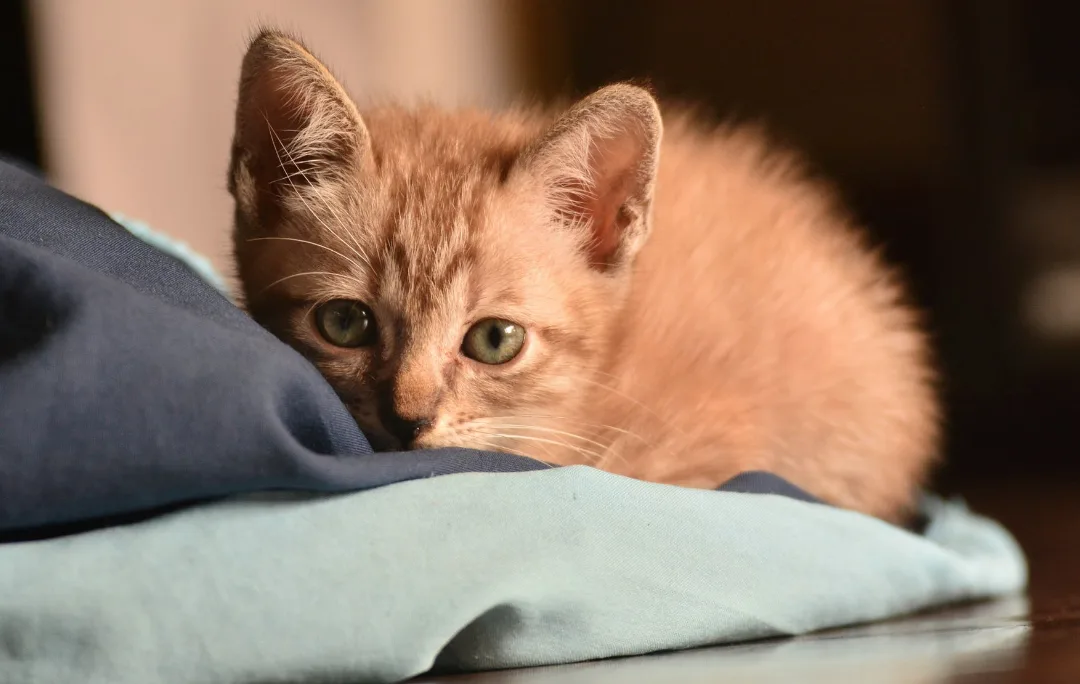
Seven unexpected invasive species flying under your radar
Chances are, you’ve seen the signs along the highway marking regulated areas designed to keep Asian long-horned beetles at bay. Or you may have seen the (slightly horrifying) pictures of zebra mussels caking pipes and boats in the Great Lakes. You’re probably also aware that invasive species—plants, animals, and micro-organisms that have spread beyond their native ecosystems—are upsetting the natural balance of habitats across the country, with sometimes devastating effects.
SEE ALSO: Turn your yard into a pollinator paradise this summer
But did you know that house cats are considered invasive? How about goldfish? Read on to discover some invasive species that may be flying, floating, or growing under your radar.
WILD BOAR
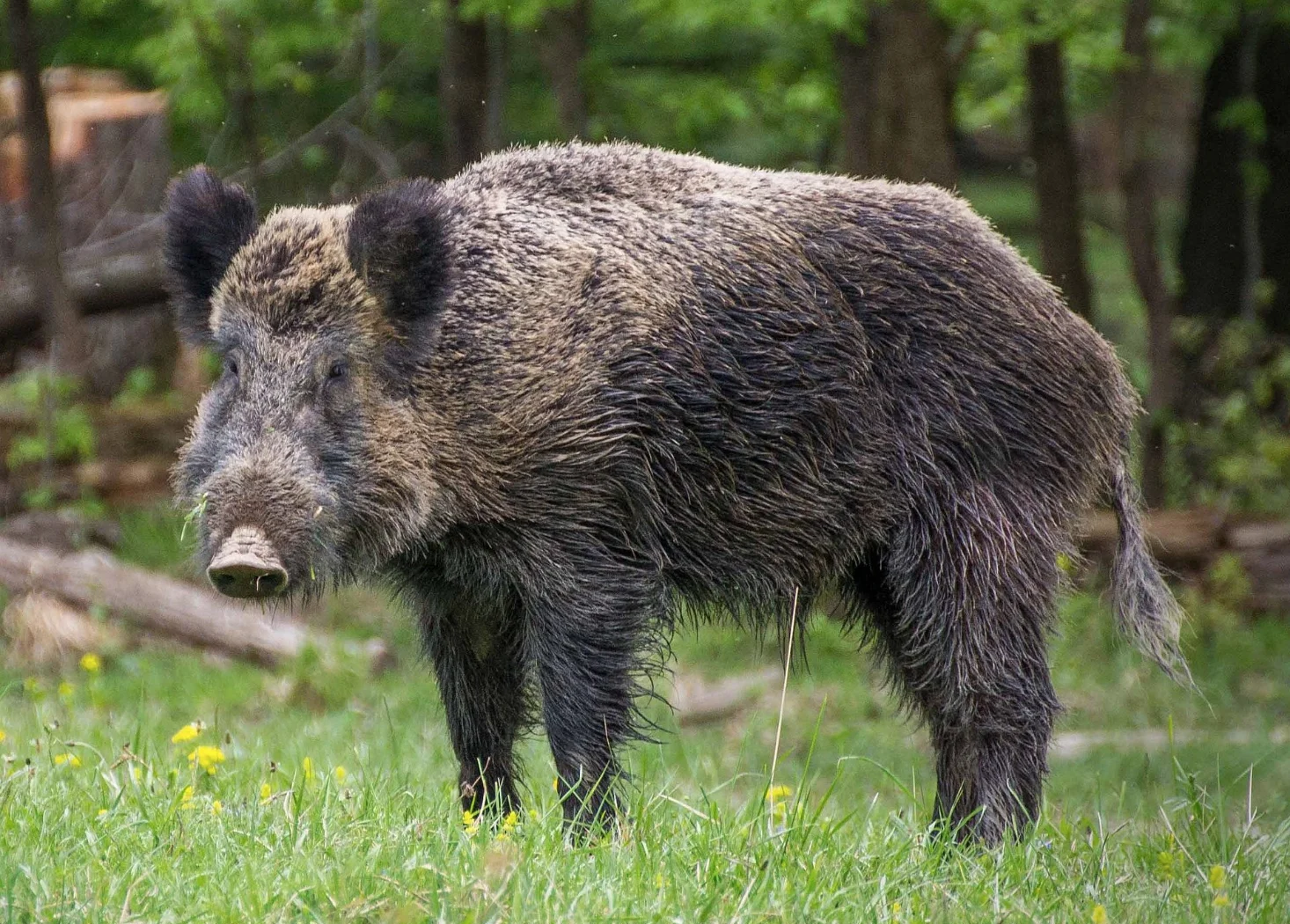
Image: Wikipedia/Creative Commons
If you’re a farmer or rancher in our western provinces, you may have had your hayfield pillaged by a herd of feral pigs. Aggressive and voracious, wild boar rip up ground, tear plants out by the roots, and eat birds’ eggs, having a significant impact on bird populations in some areas. They’re smart, avoiding traps and creating ongoing headaches for those trying to control their population. The kicker? The animals were intentionally introduced in the 1980s and ‘90s to increase agricultural diversity. Whoops.
INVASIVE PHRAGMITES

Image: Wikipedia/Creative Commons
No, it’s not the best name for a death-metal band—invasive phragmites (a.k.a. the European common reed) is a perennial grass that’s taking over Ontario’s wetlands and beaches. Able to spread aggressively, it’s not just benignly crowding out other plants—it actually sends out toxins from its roots that actively stunt and kill surrounding vegetation. It also looks like a native species of phragmites, so identifying it can be tricky. Because it grows so quickly, invasive phragmites can reduce water levels, and can also be a fire hazard due to high numbers of dead stalks.
GIANT HOGWEED
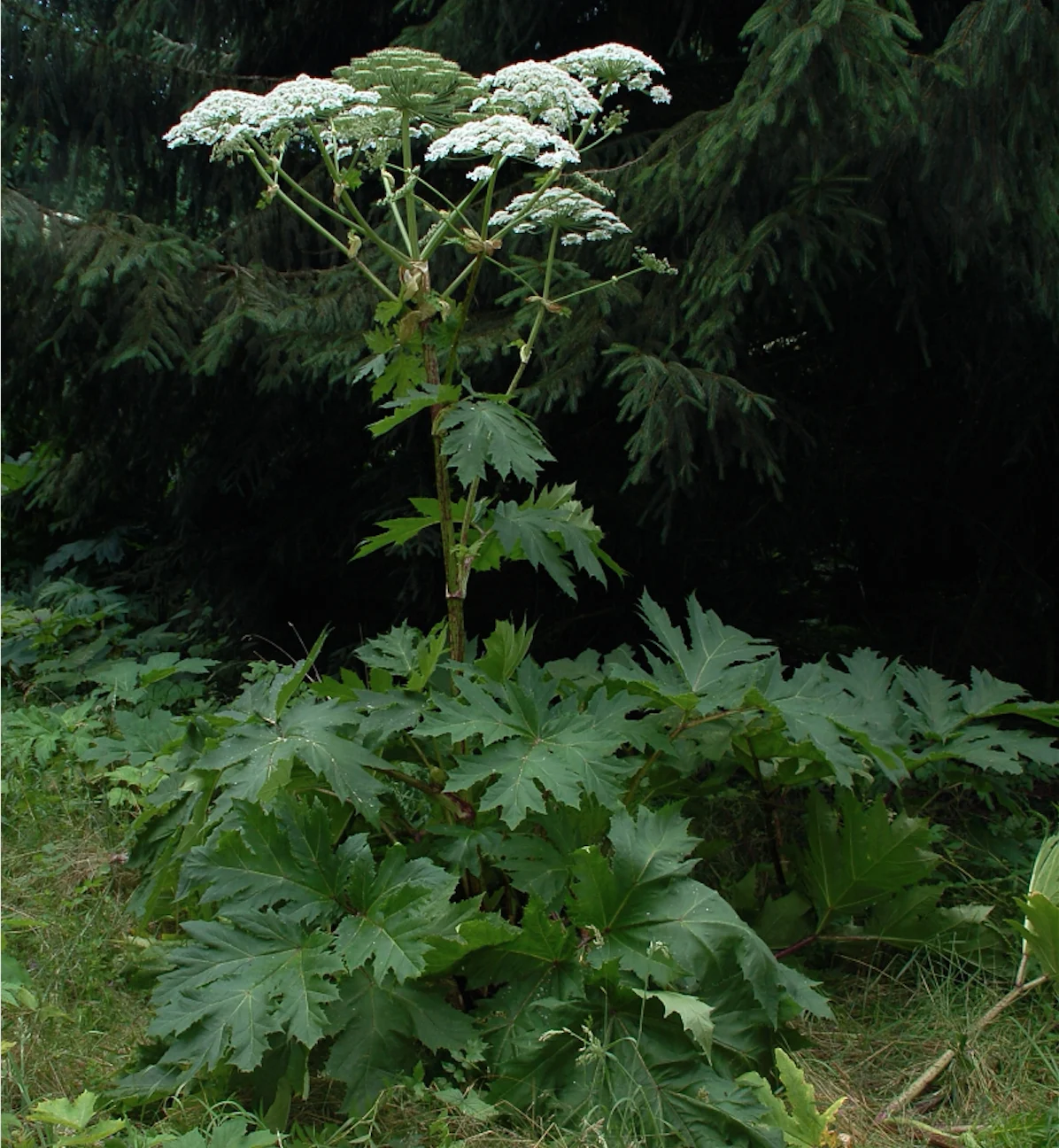
Image: Wikipedia/Creative Commons
We’re all familiar with ragweed’s awesome power to stuff our noses and water our eyes, so a bad-ass plant isn’t a surprise—but giant hogweed is on a whole other level of evil, because it can actually make you go bind, at least temporarily. It’s enormous, growing up to 5.5 metres tall (hence the “giant” part of its name), and its sap will literally burn you if it gets on your skin and is then exposed to sunlight. If you rub your eyes with the sap on your hands, bad news. The best time to remove the plant is in late April or early May—but it’s best to either call a professional, or wear commercial-grade waterproof coveralls called “spray suits.” It’s that bad.
DON'T MISS: Six toxic critters that can be found in Canada
EUROPEAN FIRE ANTS
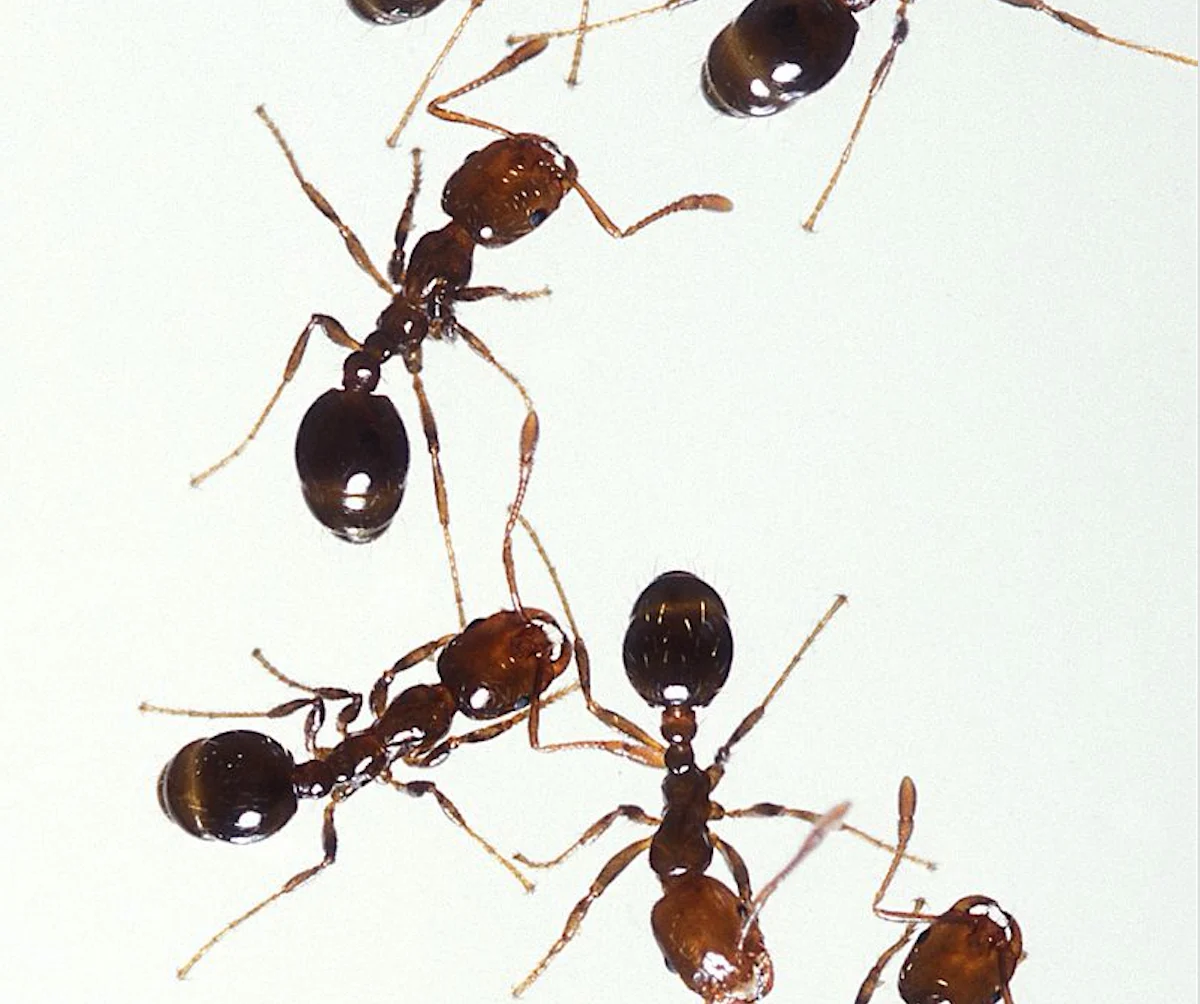
Image: Wikipedia/Creative Commons
European fire ants deliver a nasty sting and are highly aggressive colonizers—expanding about 100 feet every year or two. What’s worse, these aliens also help spread other invasive species, like greater celandine, a weed that tends to choke out areas where trilliums and other native wildflowers grow. Getting rid of them isn’t easy, with the process often taking professional exterminators multiple applications of chemicals over the course of a year.
GOLDFISH
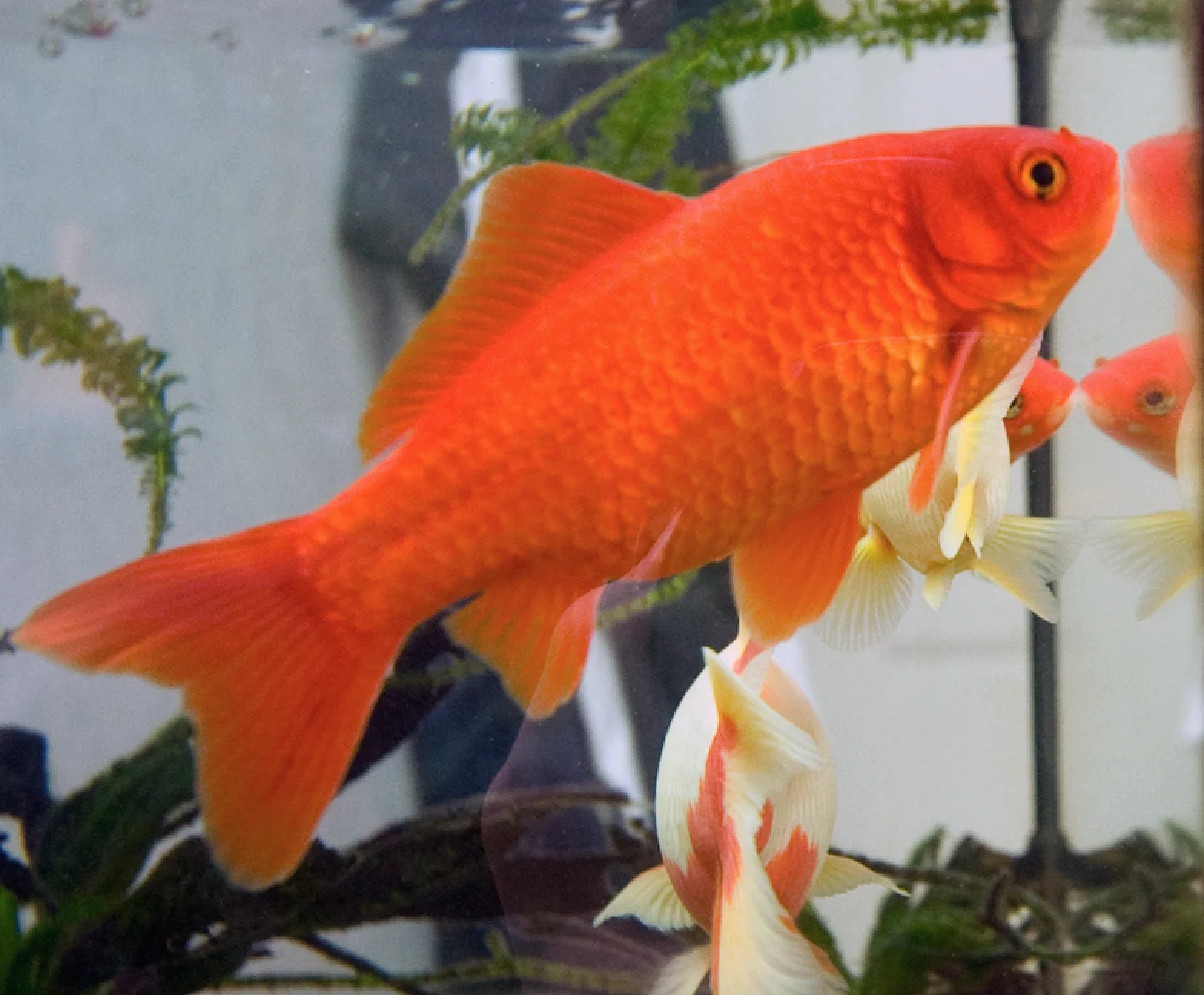
Image: Wikipedia/Creative Commons
Believe it or not, those pretty, shiny swimmies are a menace when they make it into a wild ecosystem. Because they feed on snails, small insects and the eggs and fry of native fish, they’re both competitors with and predators of native fish—and they carry diseases, like koi herpesvirus, that affect local fish. The next time you’re tempted to release your family swimmer into a pond or stream, think twice—the native fish will thank you.
HOUSE CATS
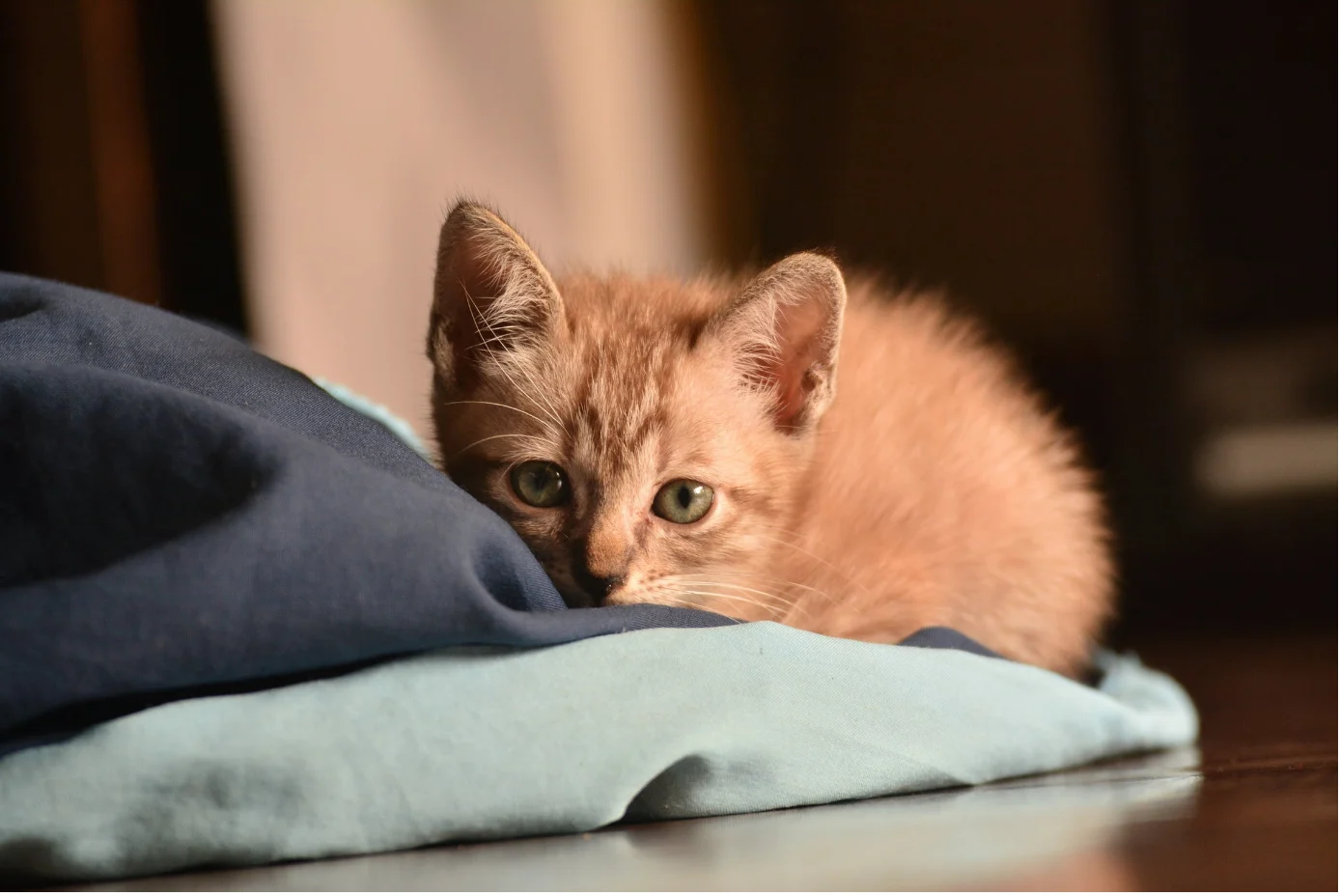
Image: PEXELS/Hiang Kanjinna
Yes, house cats. Specifically, feral and outdoor house cats, which collectively make up a population of 100 million in the US, killing billions of animals each year. Globally, they’re listed as one of the world’s 100 most invasive species. Keeping your cat indoors and making sure they’re spayed or neutered are two ways of reducing their impact on the wildlife around you.
DIDYMO
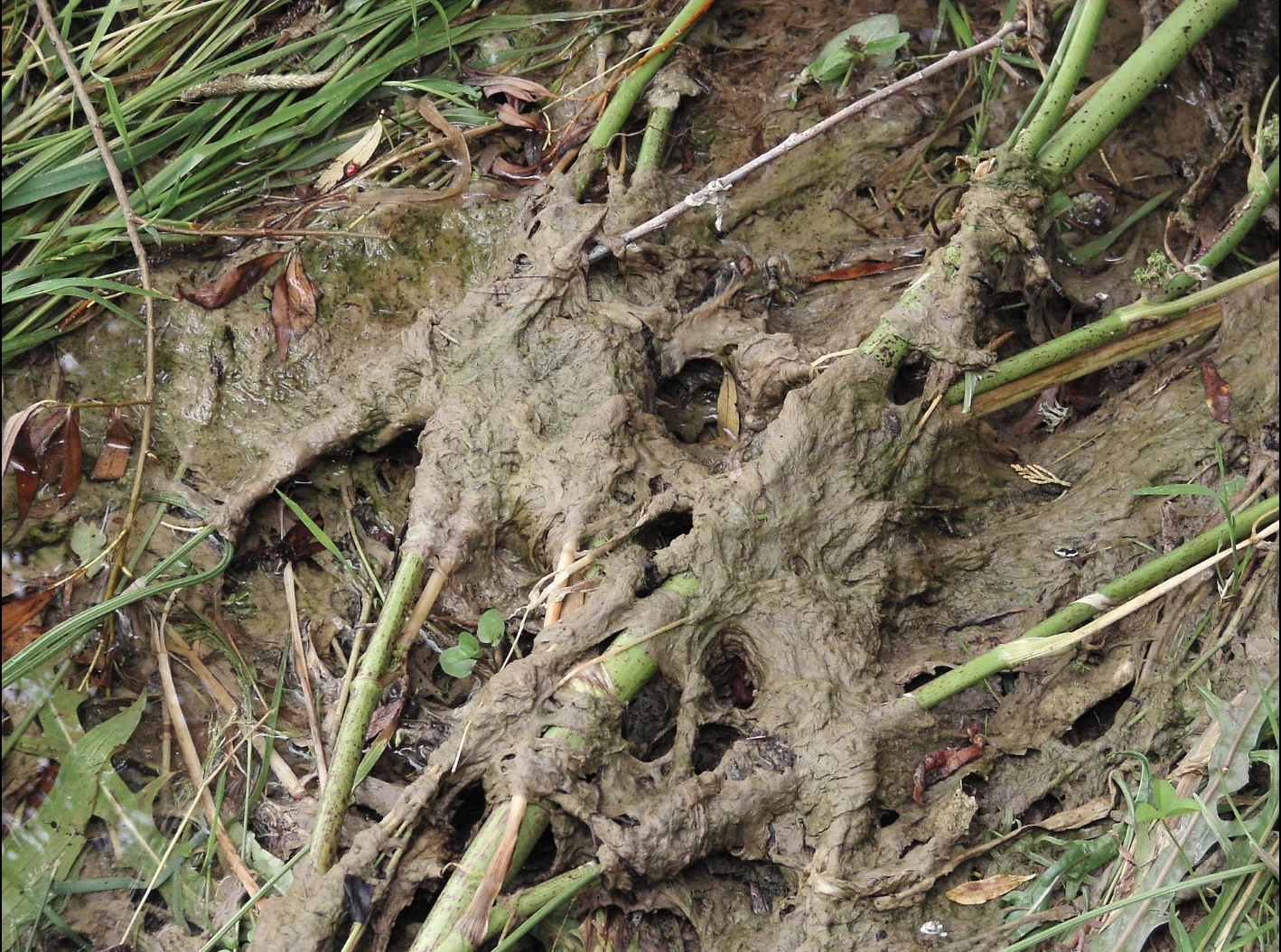
Image: Wikipedia/Creative Commons
Also called (ugh) “rock snot,” didymo is native to North America, but has spread far beyond its native ecosystem. A single-celled algae that forms slimy clumps on underwater rocks (hence its nickname), it makes water look polluted and can have a negative effect on invertebrates. It’s not toxic, but it can be irritating to native fish populations. Some districts have tried to stop the spread of rock snot by banning felt-bottomed waders, which are associated with its growth.
WATCH BELOW: GIANT 4-CM-LONG FOREIGN HORNET DISCOVERED IN VANCOUVER
This article, written by Sara Laux, was originally published for Cottage Life









